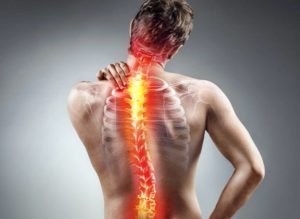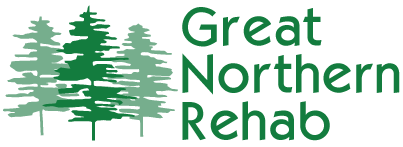
The best way to treat the lower back, often, is not to treat the lower back. Our culture wants us to believe that quick fixes are the best way to do something. Many ways professionals treat the lower back do not address the underlying issues. Instead, they try to make the lower back feel better quickly without finding out the source.
Traditional back pain treatments rarely work. Back pain is primarily a symptom and rarely a cause. We are all familiar with many of the “traditional fixes.”
- Medication (like non-steroidal anti-inflammatory drugs and opioids)
- Ice packs and heating pads
- Acupuncture
- Massage
- Electrical Stimulation
- Traditional Stretching etc.
A more functional approach to assessing and treating lower back pain is to look at the body’s chain reactions. Chain reactions look at how movement (or lack thereof ), and control in one area affects the movement or ability of other areas.
Example of a chain reaction: Stand and take your right hand; reach up and overhead to the right. Feel the movement and “reaction” that occurs all the way down to the left foot and ankle.
The lower back does not have much movement in rotation; more forward and backward and side to side. The lumbar spine’s neighbors: the hips and thoracic spine – have a tremendous amount of movement in ALL directions.
Due to life’s demands, your body movement might shut down due to fatigue or tightness, etc. When this happens, the low back tends to compensate through abnormal motion.
EXAMPLE: If the hips are tight or the thoracic spine is immobile, and the body is asked to do something (think of any routine task you do), the low back, due to not having much motion available, goes through abnormal motion to accomplish the desired task. Over time this results in injury.
At Great Northern Rehab we take a more functional approach to treatment. We look at the mechanics of movement relating to the whole body; a “Local to Global” approach. Head to toe, the local to global approach can improve movement and help get to the source of pain.
-Shawn Edyvean Lead Therapist at Great Northern Rehab




